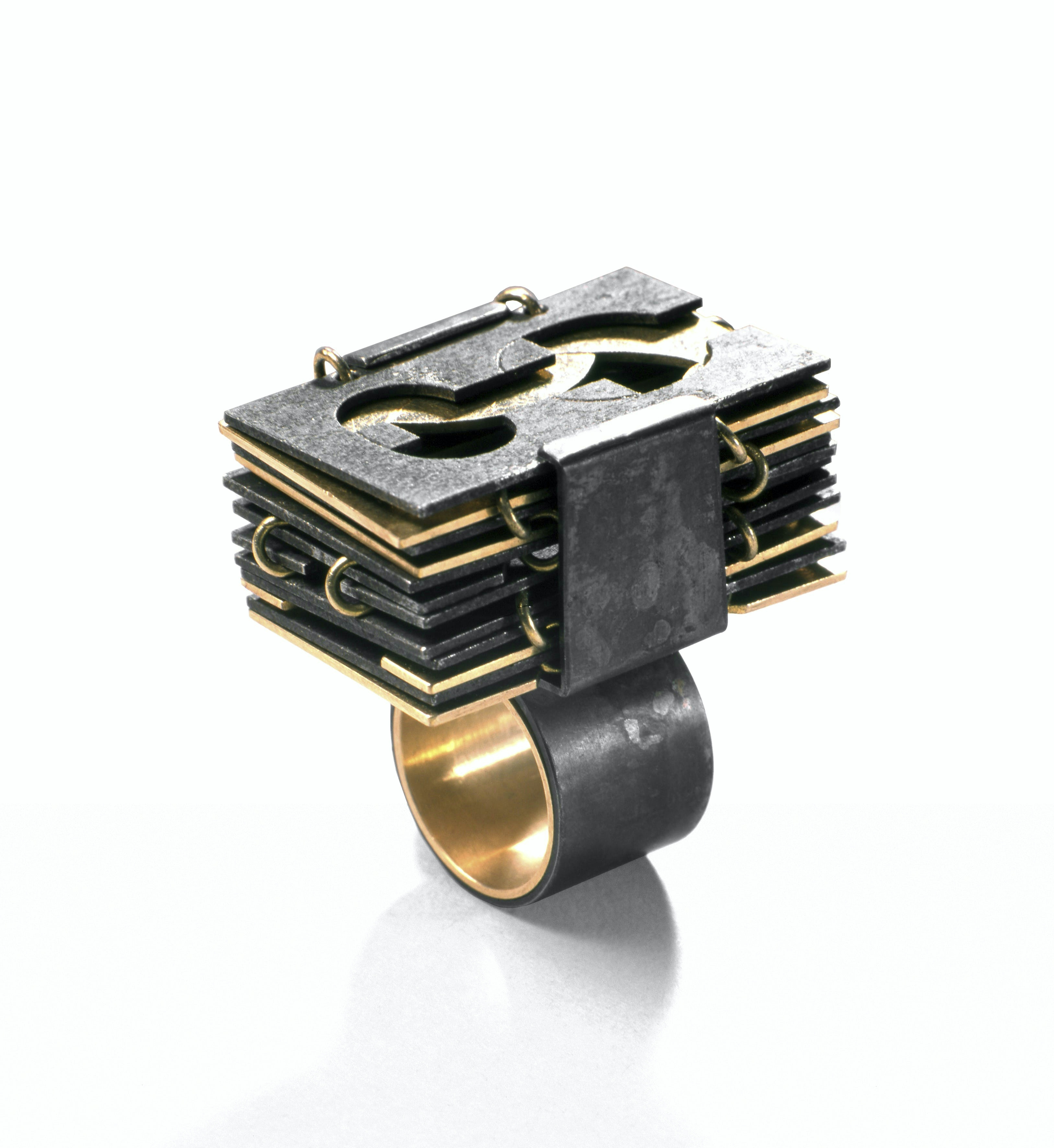Resistance, Interplay of art and physics
28.4.2022 — 2.2.2023
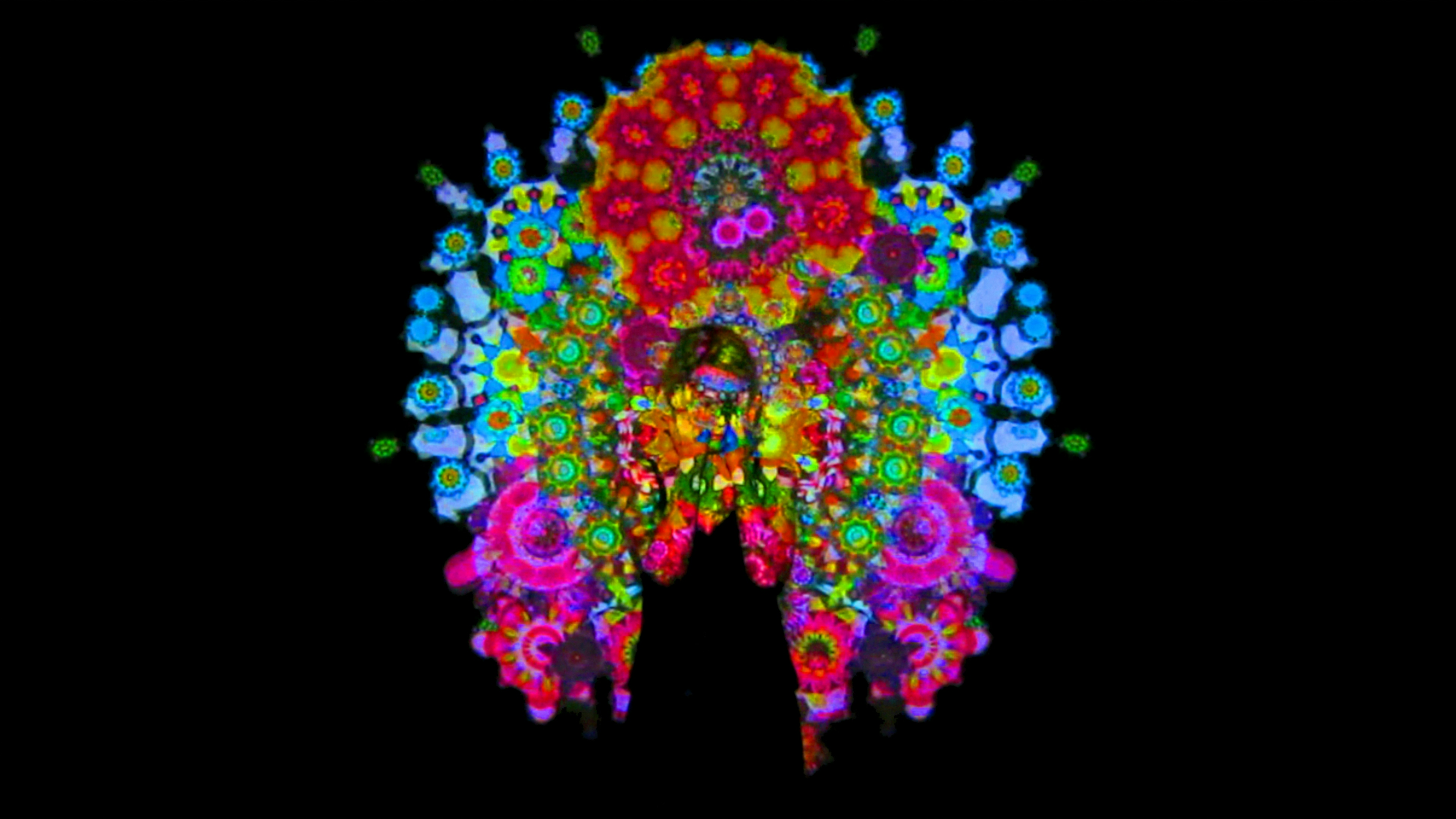
Resistance is an interdisciplinary exhibition that bridges the gap between visual arts and science. The works on display are key works in the collection of the National Gallery of Iceland, that establish an interesting dialogue between art and science and the United Nations Sustainable Development Goals.
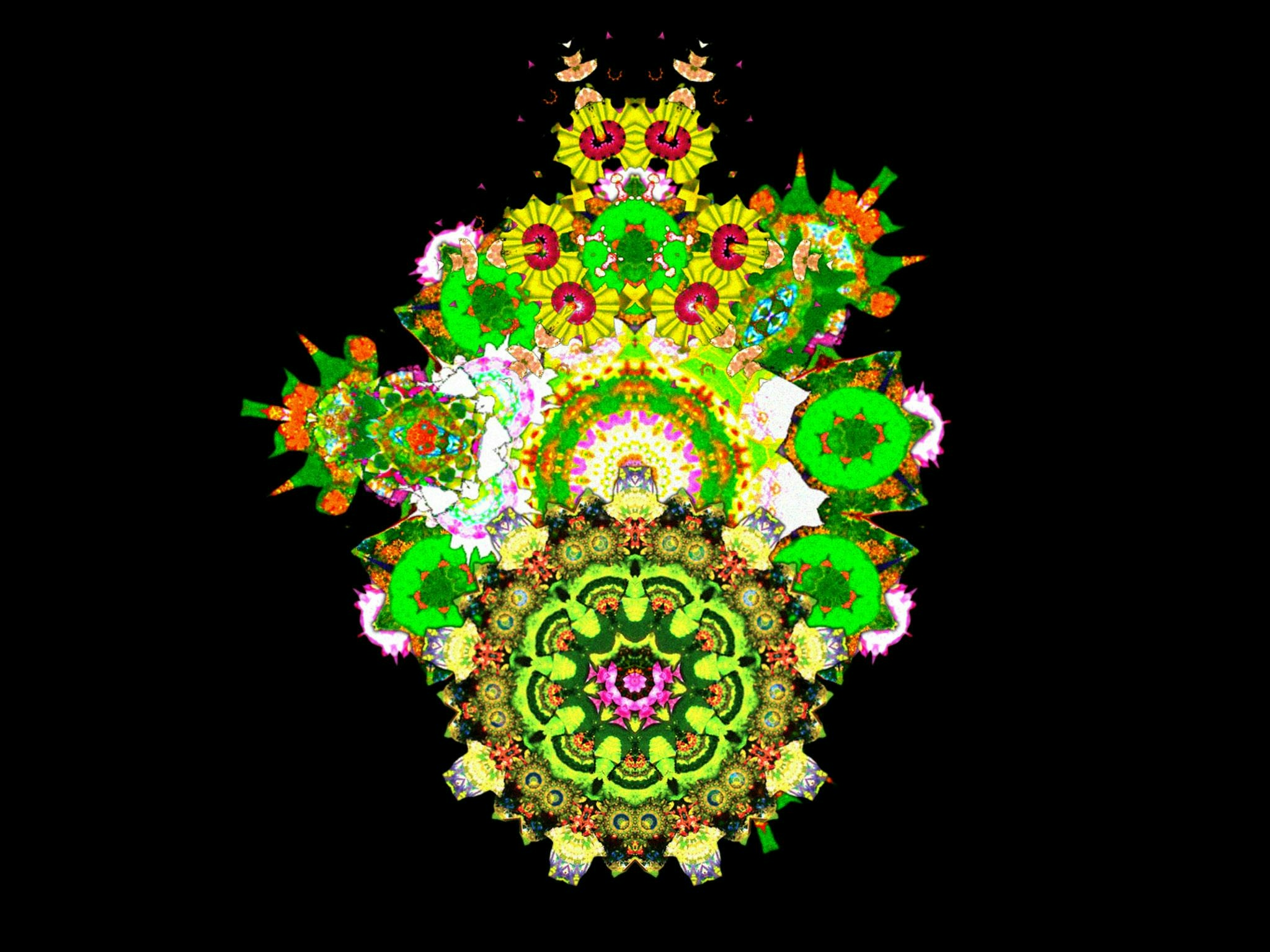
28.4.2022 — 2.2.2023
Curator
Ásthildur Jónsdóttir
Curatorial Team
Ásthildur Jónsdóttir
Dagný Heiðdal
Guðrún Jóna Halldórsdóttir
Ragnheiður Vignisdóttir
Harpa Þórsdóttir
Exhibition designer
Axel Hallkell Jóhannesson
Technician
David Schlechtriemen
Marketing and Promotion
Guðrún Jóna Halldórsdóttir
Education and Events organiser
Ragnheiður Vignisdóttir
Expert Consultancy
Sævar Helgi Bragason
Collaborative Partners
Landvernd
Rannsóknarstofa HÍ Höfn
Umhverfisstofnun
Veðurstofa Íslands
Vísindasmiðjan
The word Resistance may be read in the context of physics: the measure of a conductive material’s opposition to current flow. Resistance can also signify opposition to consumption, which responsible citizens must learn to take onboard. In addition, Resistance also references essential action against climate change and global warming. The arts offer people an opportunity to be influenced, as art can touch the emotions. Works of art can raise issues which urge the observer to ask him/herself urgent questions. An artistic approach can alter the way people experience the world around them. And artists work with such factors as taste, perception, emotion, conviction, values and identity, that are important for a society in the process of formation. Art can also invigorate the human mind, and show the observer a diversity of viewpoints, leading them to re-examine their ideas about the world. Addressing matters of nature from various sides facilitates change, and the evolution of values that is vital on the journey towards a sustainable society. Where all the elements are unique, we think things through to the end, reflect, and construct a new understanding.
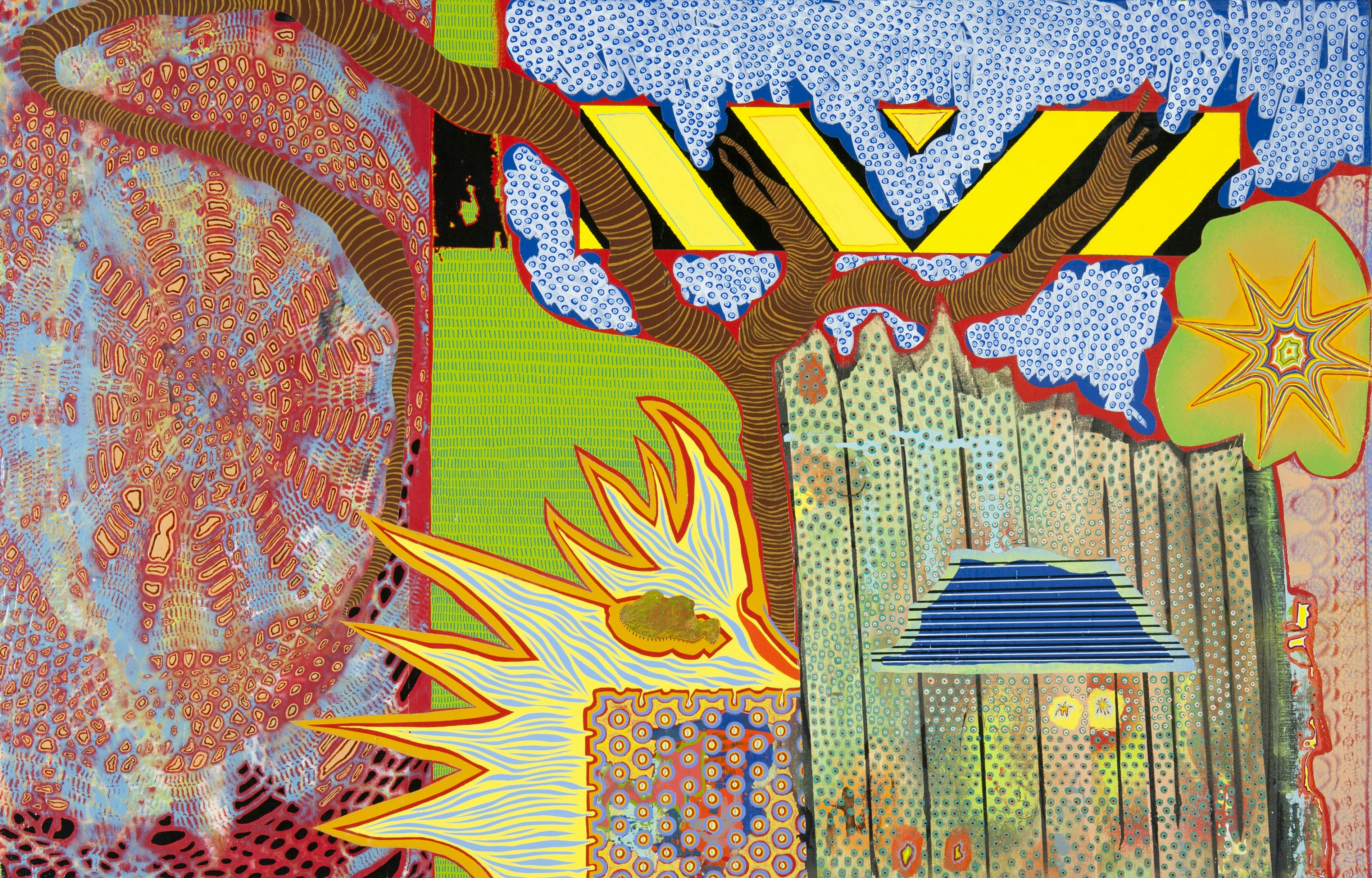
Davíð Örn Halldórsson 1976-
Hvernig virkar borgarvirki?, 2008
Clearly, a concerted effort is required in order to attain the United Nations Sustainable Development Goals by 2030. That entails integration, activation and creation of diverse knowledge and perspectives. It demands active participation by all, and multifarious approaches. Unsustainable consumption by the public is a major problem in society. We must reconsider our patterns of consumption, and resist excess.
Nothing in the world is separate. Every single thing is a link in a chain, connected to all the other links. This global chain must remain intact. Chain reactions unite all things and processes into one whole, thus establishing the premises for equilibrium. Everything in the world, including the human body, is made up of energy, which bonds and unites in closed cycles. The world’s ecosystem is contingent upon powers connected by chain reactions, like the cogwheels of a clockwork mechanism. If one of the cogwheels is irreversibly damaged, the equilibrium will also be irreversibly disrupted. Energy is the foundation of all matter, and affects everything else. The energy that forms one human being also forms all other living things. Energy is in constant flow and always changing. Speed relates to that energy, and is also variable. We are all bound together, and our feelings give rise to a resonance that affects everything and everyone. All energy on earth is subject to similar natural laws, although its character may differ. Connections, chaos, order, rhythm, volatility, eternality and linkage are all qualities that relate to the earth’s energy field.
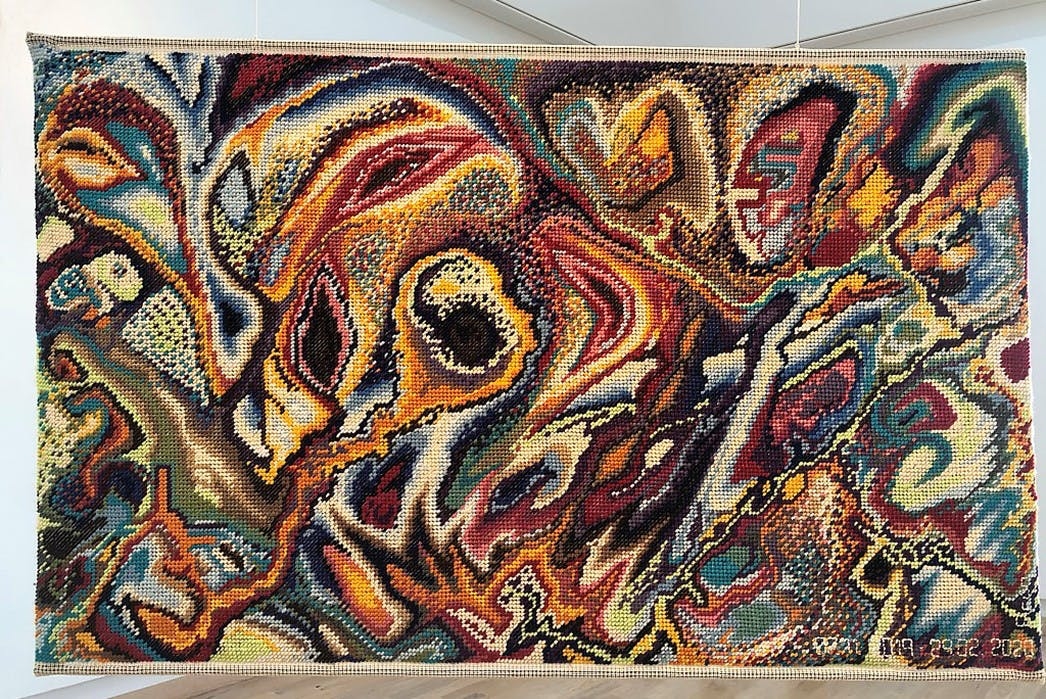
Eirún Sigurðardóttir 1971-
Tímabil 07.11.2019 - 29.02.2020, 2019-2020
Artists
Davíð Örn Halldórsson
Dodda Maggý
Eirún Sigurðardóttir
Erla Þórarinsdóttir
Eyborg Guðmundsdóttir
Finnur Jónsson
Gerður Helgadóttir
Guðmunda Andrésdóttir
Jóhannes Kjarval
Karl Kvaran
Kristinn Hrafnsson
Kristján Guðmundsson
Magnús Helgason
Ransu
Sigrid Vadingojer
Sigurður Árni Sigurðsson
Tumi Magnússon
Þorvaldur Skúlason
